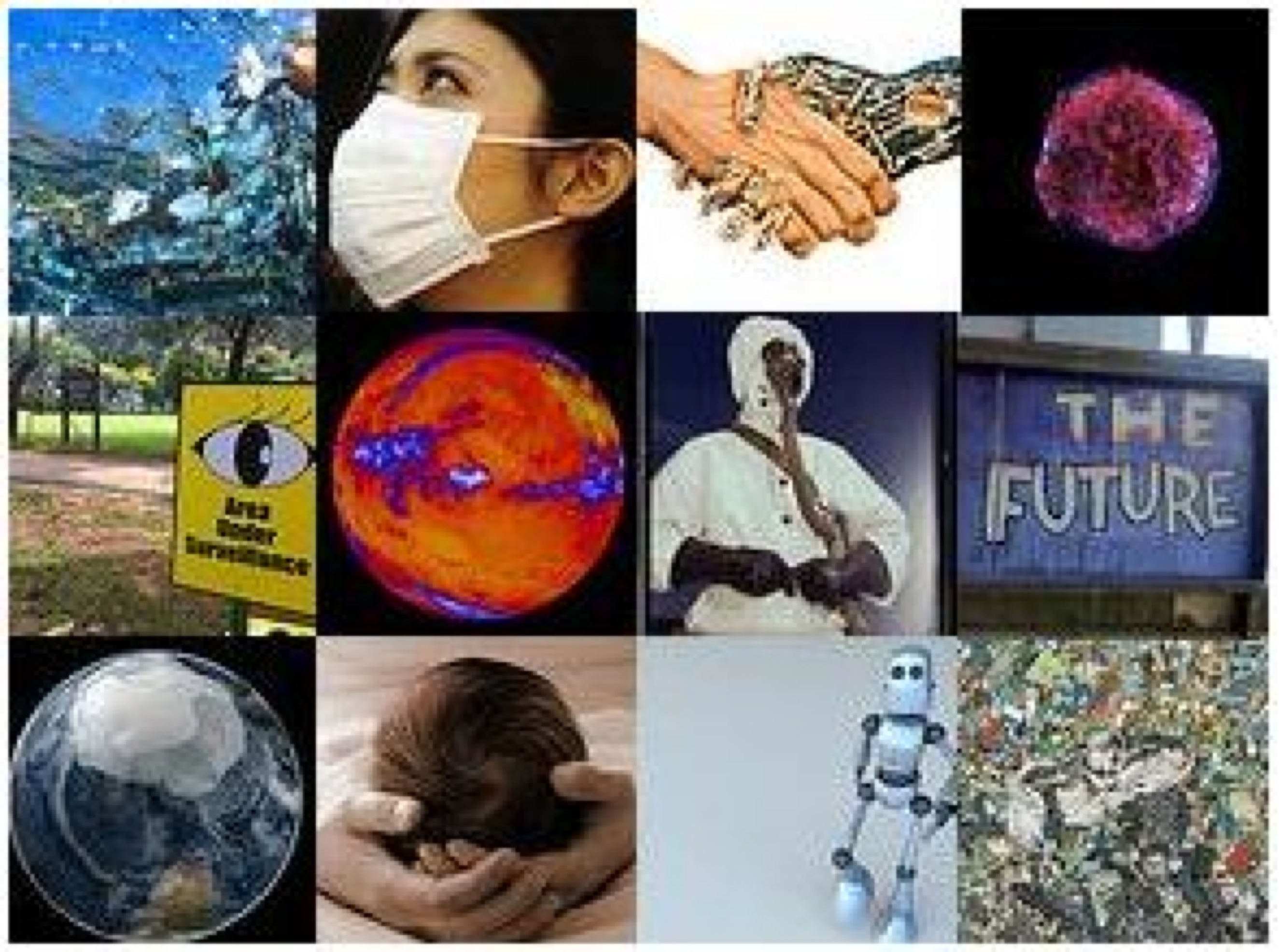I’m going to invite you to take a moment. Look around. Notice your surroundings. Take it all in. Close your eyes and notice the sounds, smells and maybe tastes, all the sensations associated with where you are right now. You’ll be reading this from some sort of device. How does it feel to touch? What emotions arise when you look at it? Does it hum? What sounds does it make when you tap a key or touch the screen?
Time to go on a journey. Imagine being in this same spot 30 years ago.
What was different? What would be the same?
30 years is, roughly, when design thinking became a term with a common meaning. Since then we’ve added human centred design, just in case anyone was in doubt who the design was for. How is your designer world? Everything that’s different in those thirty years that is by human design, has been designed for you.
Let’s go forward the same amount of time, the trick here is to think of an event or events that are important to you in about 30 years’ time; maybe a significant birthday, birth of a grandchild? Take a moment to breathe and slow yourself down. Let the chatter die away. When you are calm, close your eyes, let yourself travel to that time and place. Let the event unfold, the sights, sounds, smell. Look around what are the changes to technology, clothing social norms and anything else that comes to mind.
Hopefully, you had an immersive experience of an imagined future. If not don’t give up it can take a bit of time to get right, relaxing is the key. Imagining the future like this uses some of our highest brain functions. It can be integrative, being together different ideas in a more holistic way. There are limitations, usually we’re limited to a few changes, many things stay the same.
Thinking about your imagined future and the changes, where do did the ideas for the changes come from? For example, perhaps you imagined holographic people at the event attending remotely? Where did that image or idea come from? Maybe it’s like, but not identical, to a scene in a film? Resembles a passage in a book you read last week, or article or a picture?
This is a cycle. Society develops ideas about the future, and they are shared as artefacts. These take hold subtly in our minds and influence us, whether we are using human centred design thinking or some other form of design. This is not necessarily a bad thing; bold inspiring images move societies. If they are unquestioned and unconscious, the hidden image of the future lurks in the background, hand on the tiller, plotting the course.
When futures meet design, we can make conscious the images that guide us, critically evaluate them and make conscious decisions. We can undesign from the unconscious and redesign with the future in mind. Want to know more about undesign?
The Action Foresight team are excited to announce our upcoming course, “Undesign: practical futures tools for anticipation and conscious design”.
We’d love you to join us on this journey. Book tickets here. Early bird tickets are available and are expected to sell fast.




